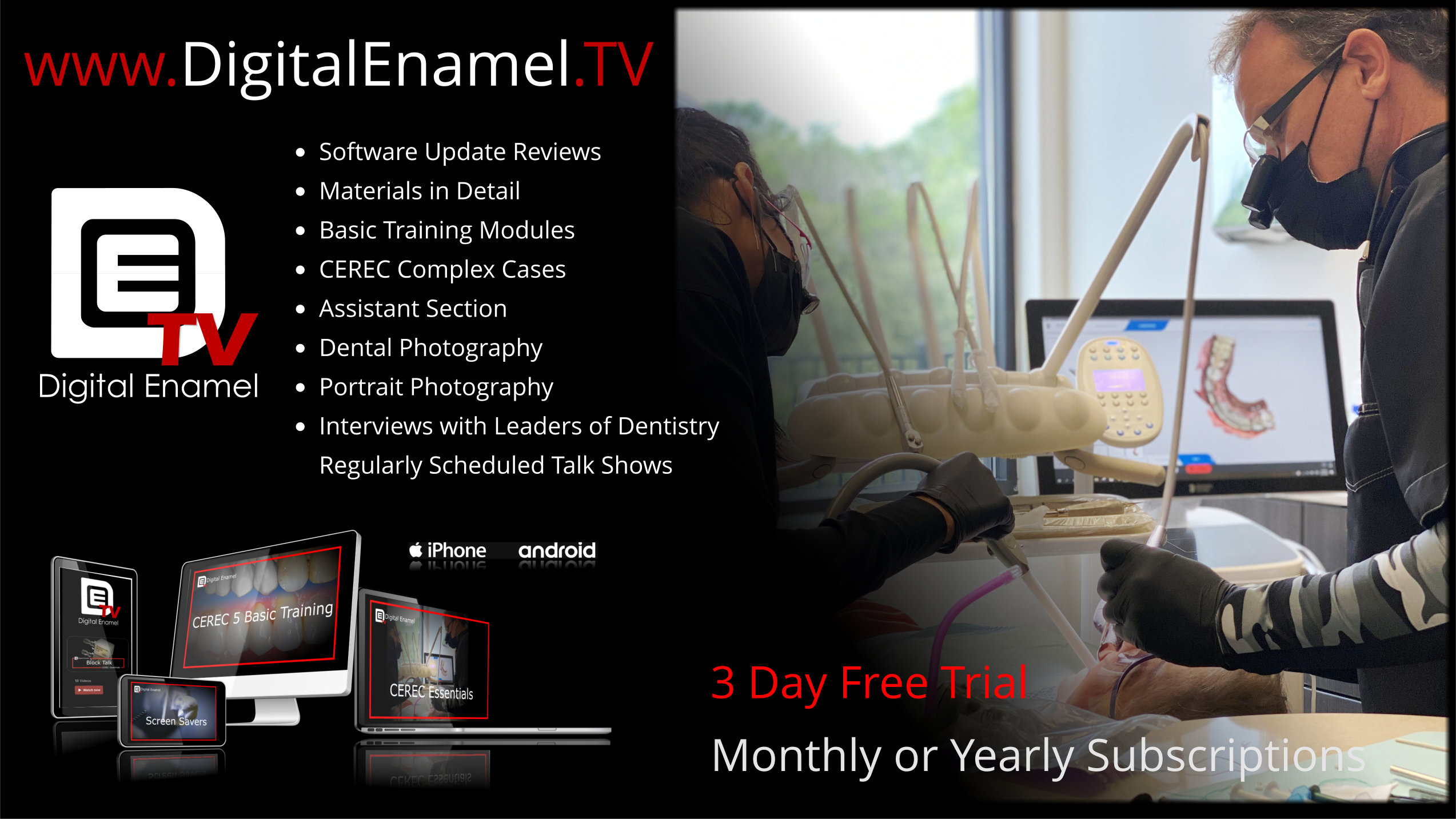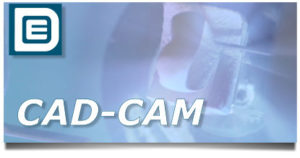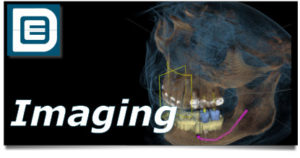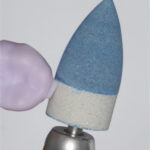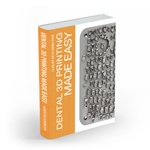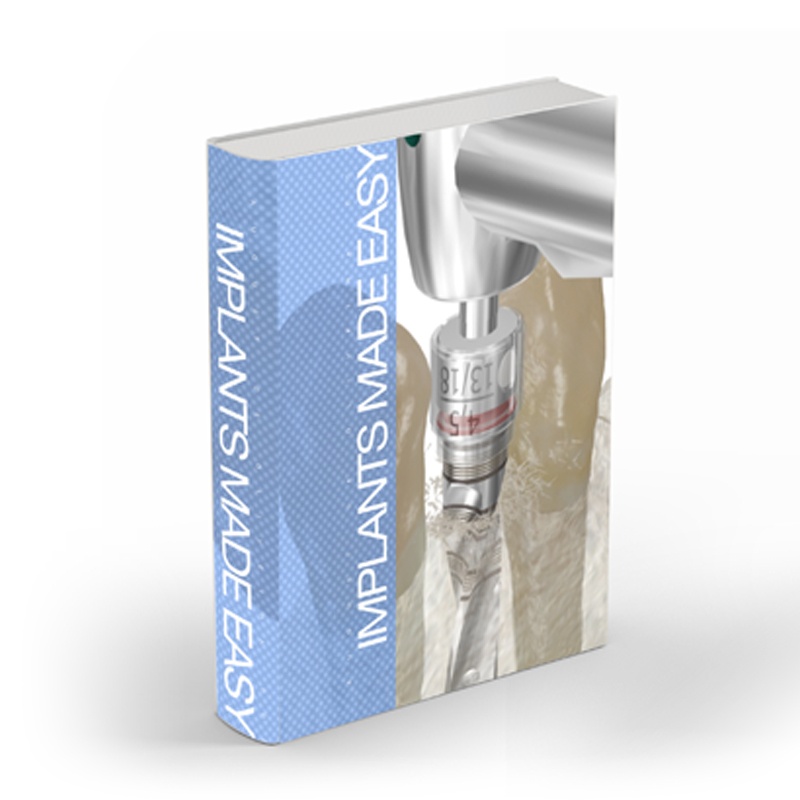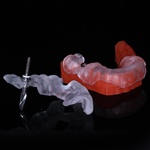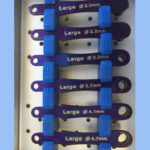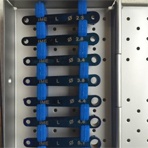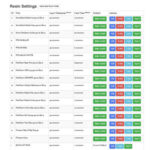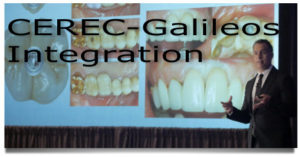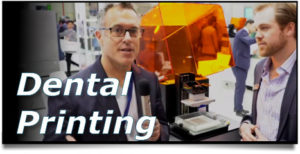This was an unfortunate case because the patient lived with a cracked tooth for far too long. She had seen her regular dentist multiple times with for periodic chewing pain with an upper left molar, and nothing could be determined. Multiple visits eventually spawned a visit to the endodontist. Even with the specialist, a diagnosis was not reached. I’m not sure of the particulars but they were not sure of the cause for the pain.
The patient moved to another city and even sought treatment from yet a second endodontist and a definitive diagnosis could not be reached. Possibly she was living with the symptoms and couldn’t describe them accurately to the clinicians. Regardless, she was not having luck with a final diagnosis.
Her new dentist was a student in one of our Cerecology classes, and I mentioned how I had been using 3D xrays for a number of years. So, he sent her up to see me and we did a quick scan. Now, the periapical lesion was quite apparent when I took it with ScanX, and I’m certain the endodontists would have picked up on this had it been this size. However, the patient literally diagnosed the cracked tooth while I was going through the scan.
The crack was so easy to see in the Axial direction of the Galileos 3D scan, but not from the bucco-lingual direction of a typical periapical or bitewing xray. She was not happy to know that her tooth needed to be extracted, but she was relieved that she finally knew what was going on.
The detail of Galileos 3D scan even allowed for a patient to diagnose!

